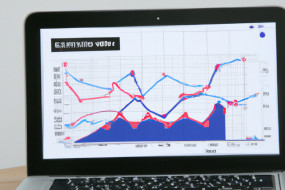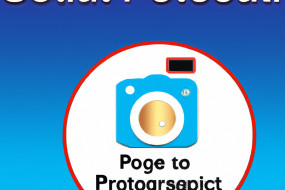
Google's visual search and image recognition technologies have come a long way in recent years. From identifying objects and landmarks to predicting what a user might need next, these tools have significantly improved the search experience. Google continues to push the boundaries in its latest innovations in visual search and image recognition, offering users the ability to search using more than just keywords. In this article, we explore some of the latest features that Google has introduced to this exciting field.
Lens - Recognizing Everyday Objects
Google's Lens tool allows users to search for items by pointing their phones at them. Lens uses machine learning algorithms to recognize text, objects, and landmarks in real-time. When combined with Google Assistant, it can provide helpful information on the object that the user is searching for. For example, if a user points their phone at an exotic flower, Lens might provide a brief description of the flower's name and type.
Visual Search - Expanding Beyond Keywords
Google's visual search technology can now identify what items appear in an image and provide links to other related products. Say you take a photo of a piece of furniture, and you want to find similar furniture items online. Google's visual search can use the image to find other related products without requiring the user to type out a description.
AutoFlip - Automatically Cropping Videos
AutoFlip uses machine learning algorithms to automatically crop and reframe videos. Enterprises can use AutoFlip to adjust the format of their videos to be more optimized for various devices and platforms. For example, the tool can create landscape versions of portrait videos so that they can be viewed on desktops and tablets without any black borders.
The Future of Visual Search
Google's work in image recognition and visual search has opened up new possibilities for search experiences. One potential future innovation is associating items in videos with e-commerce links that allow users to purchase items without leaving the platform. Google is also exploring ways to use AR, VR, and machine learning to create accessible and inclusive search experiences for everyone, such as searchable sign language or text to voice recognition for the visually impaired.
















